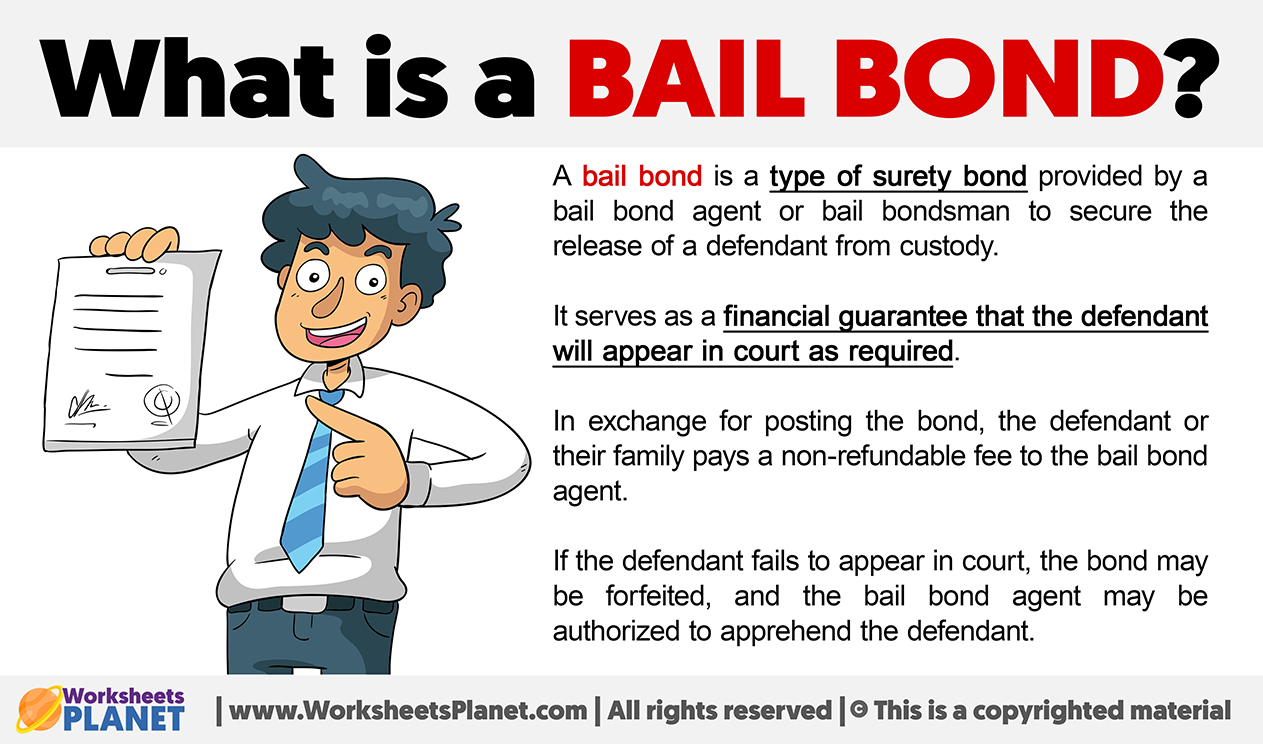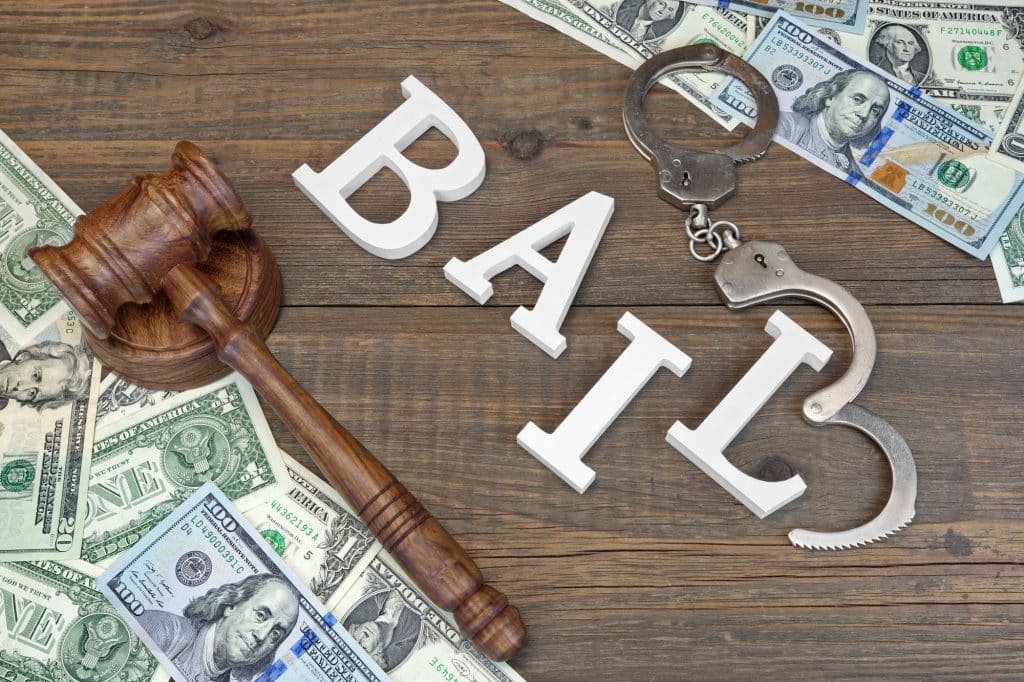Demystifying Bail Bonds: Your Complete Source for Legal Support
Navigating the realm of Bail bonds can typically seem like a daunting and complicated task for people strange with the lawful system. From recognizing the details of the Bail bonds procedure to the different types of bonds available, there is a myriad of information that can be frustrating to absorb.
Comprehending Bail Bonds Process
To understand the ins and outs of the Bail bonds process, one should first understand the essential steps entailed in safeguarding a bail bond. The quantity of Bail set by the court may be past the monetary means of the offender or their household.
A bail bond is a guaranty bond provided by a bail bond representative on part of the accused. The bail bond agent bills a non-refundable fee, normally a percentage of the overall Bail amount, to upload the bond and protect the release of the offender. The bail bond agent also tackles the obligation of making sure that the defendant appears in court as needed. If the defendant falls short to appear, the bail bond agent may be required to pay the complete Bail quantity to the court. Understanding the procedure of safeguarding a bail bond is essential for those navigating the legal system and looking for short-lived freedom while waiting for test.
Kinds Of Bail Bonds Available
Having actually comprehended the essential steps involved in securing a bail bond, it is essential to consider the numerous types of Bail bonds offered to accuseds in the legal system. An additional choice is a guaranty bond, which involves a bail agent or Bail bondsman uploading the complete Bail quantity in exchange for a cost, normally around 10% of the complete Bail. Federal Bail bonds are particular to situations entailing federal costs and operate under various regulations than state Bail bonds.
Aspects Influencing Bail Quantity
Numerous factors play a considerable function in determining the Bail amount established for a defendant in the legal system. Much more severe offenses commonly result in greater Bail quantities to ensure the defendant's appearance in court.
Another element that can impact the Bail amount is the defendant's ties to the neighborhood. Solid area connections, such as steady work, family members relationships, and a history of home in the area, may cause a lower Bail amount. Alternatively, individuals with very little ties to the neighborhood might encounter a higher Bail total up to avoid them from leaving the jurisdiction.
Additionally, the judge considers the accused's monetary resources when establishing Bail. The capacity to pay the Bail amount collection can greatly affect the last choice. Generally, a see here now combination of these factors is carefully analyzed to establish a reasonable and suitable Bail quantity for every private case.
Responsibilities of the Defendant
Upon being released on Bail, the offender presumes specific duties that are important to their legal procedures. Failing to appear can result important source in the abrogation of Bail and added legal repercussions (bail bondsman dayton ohio).
Additionally, the offender should adhere to any problems set by the court or the Bail bond company. These problems might include limitations on travel, demands for medication screening, or restrictions on speaking to particular people. Complying with these problems is vital to preserving great standing with the court and making certain a smooth lawful procedure.
Furthermore, the defendant is responsible for notifying their attorney and the court of any changes in contact information or circumstances that may influence the instance. Open up communication is essential to effectively browsing the lawful system and maintaining the regards to the Bail contract. By satisfying these obligations, the accused can demonstrate their commitment to solving the lawful matter at hand.
Lawful Ramifications of Bail Bonds
Browsing the complexities of Bail bonds involves understanding the potential legal ramifications that can emerge throughout the procedure. When a defendant safeguards a bail bond, they get in into a lawful contract with the Bail bondsman. Failing to follow the problems state in this contract can have significant useful content effects. If the offender does not show up in court as required, the bail bond can be forfeited, resulting in the loss of the collateral or cash installed for the bond.
Additionally, if the accused breaks any kind of other terms of the bail bond agreement, such as committing one more violation while out on Bail, they may encounter extra legal fees and penalties. It is crucial for offenders to totally comprehend their commitments when acquiring a bail bond and to adhere strictly to the specifications to prevent additional legal entanglements.

Final Thought

To comprehend the ins and outs of the Bail bonds process, one must first understand the fundamental steps entailed in protecting a bail bond.A bail bond is a surety bond provided by a bail bond representative on part of the offender. The bail bond representative bills a non-refundable cost, typically a portion of the overall Bail amount, to publish the bond and secure the release of the defendant.Having actually understood the basic steps entailed in protecting a bail bond, it is essential to take into consideration the different kinds of Bail bonds available to accuseds in the lawful system. An additional option is a guaranty bond, which entails a bail agent or Bail bondsman publishing the complete Bail amount in exchange for a cost, usually around 10% of the total Bail.